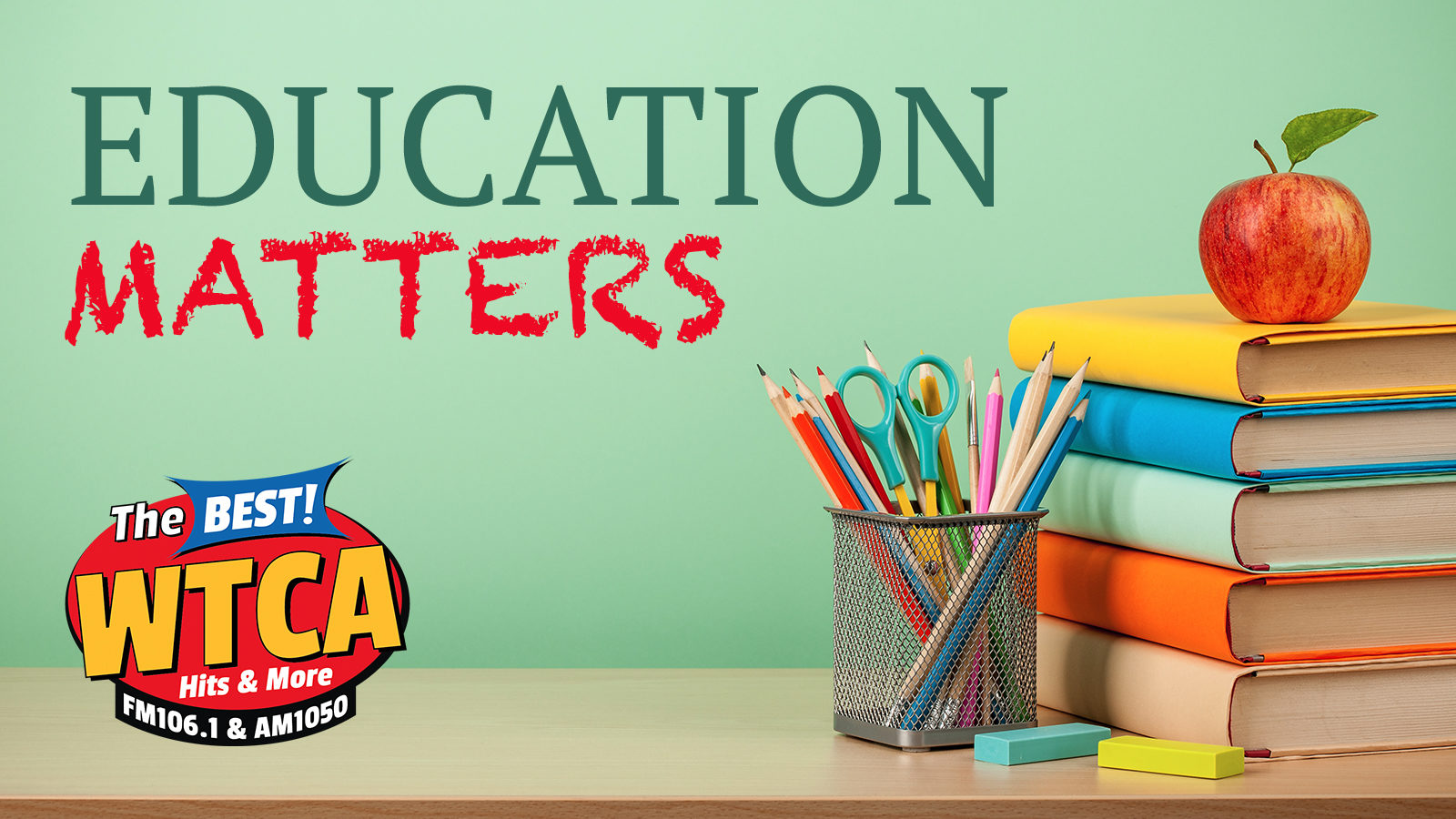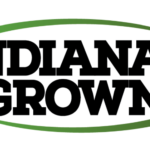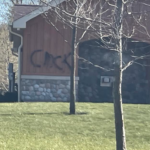Graduating high school students in Indiana have become more diverse and low-income over the past 10 years but are not equally prepared for the challenges of postsecondary education and are not succeeding at comparable rates, according to the new 2021 College Equity Report released today by the Indiana Commission for Higher Education.
The fourth annual College Equity report provides a deeper analysis of the performance of Indiana’s high school graduates and disaggregates data by race and ethnicity, socioeconomic status, gender and geography (rural and non-rural). The new data reveal that while some equity gaps have closed, several student groups are less likely than their peers to be ready for and to complete college, including students of color, low-income students, males and rural learners.
“The Commission defines educational equity as the idea that life’s circumstances or obstacles should not dictate the opportunity to succeed. This has long been a driver for the Commission and it’s why we created the first Equity Report in 2018,” said Indiana Commissioner for Higher Education Teresa Lubbers. “We must shine a light on the disparities that exist so that we can create sound and data-driven policies to help close the gaps that are holding too many Hoosiers and Indiana back.”
Indiana adopted its “Big Goal” in 2012, that at least 60 percent of Hoosiers would have a quality degree or credential beyond a high school diploma by 2025. With less than four years to go, Indiana’s current educational attainment rate is about 48 percent.
“Without reversing the trends that some students more than others aren’t prepared for higher education or aren’t succeeding when they get there, we will not reach our goals of increasing educational attainment and providing economic mobility for Hoosiers,” Lubbers said.
The students who are closing many of Indiana’s equity gaps are those in the state’s early college promise program, 21st Century Scholars, which provides up to four years of college tuition for income-eligible students who complete certain requirements throughout high school and college. In 2019, one out of 10 high school graduates was a 21st Century Scholar. Scholars are the most likely group to earn early college credit (82 percent compared to the statewide average of 63 percent) and to enroll in college (88 percent compared to the statewide average of 59 percent). There is virtually no gap in college-going rates by race and ethnicity for students in the program. Scholars are also more likely than their low-income peers to go to college and graduate. By the program’s design, almost all high school graduates who are eligible for the Scholars program stay in Indiana for college. Over 44,000 Hoosiers have earned a college degree with the 21st Century Scholarship since its creation in 1990 and more than 100,000 students are enrolled in the program today (from 7th grade to college). |














